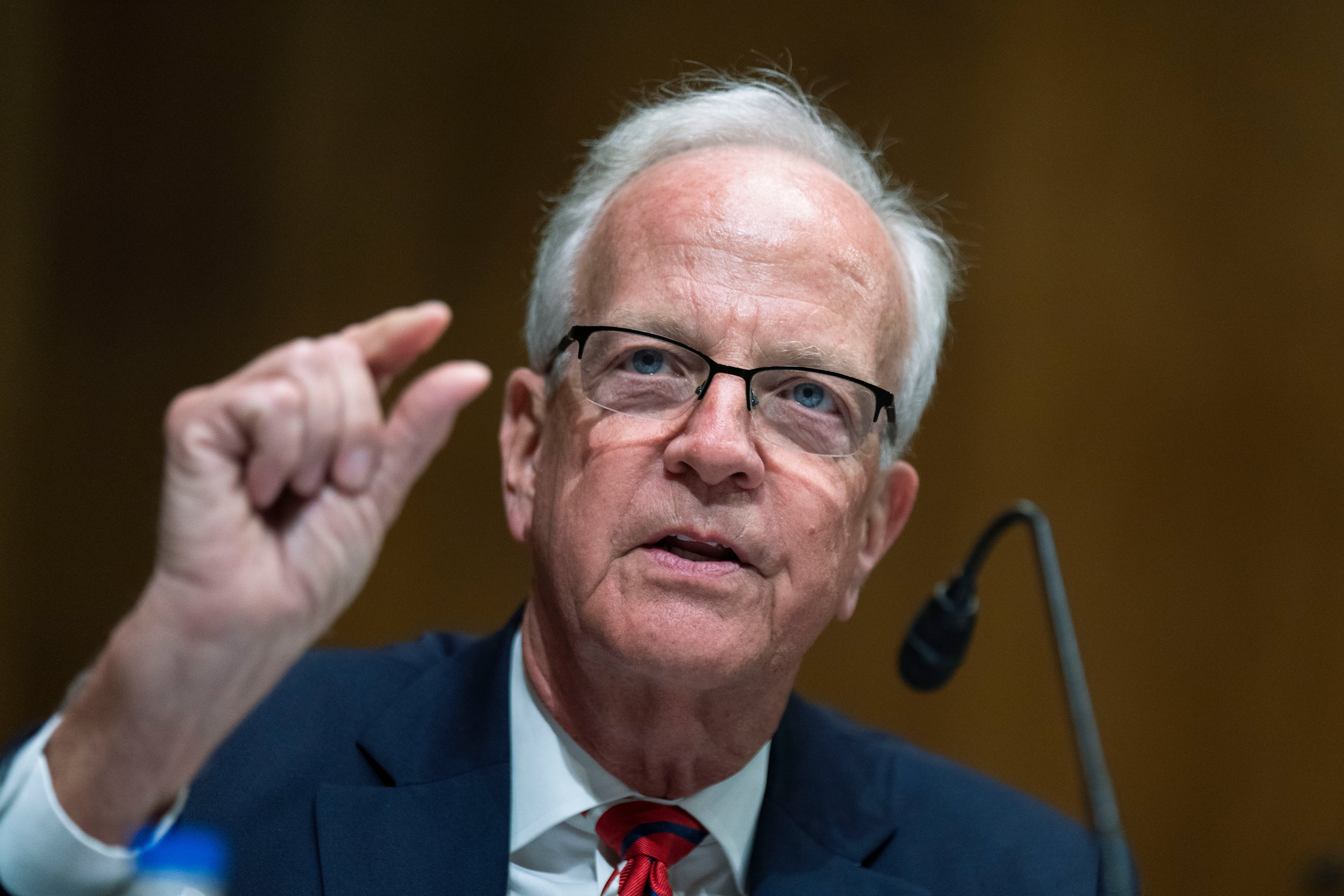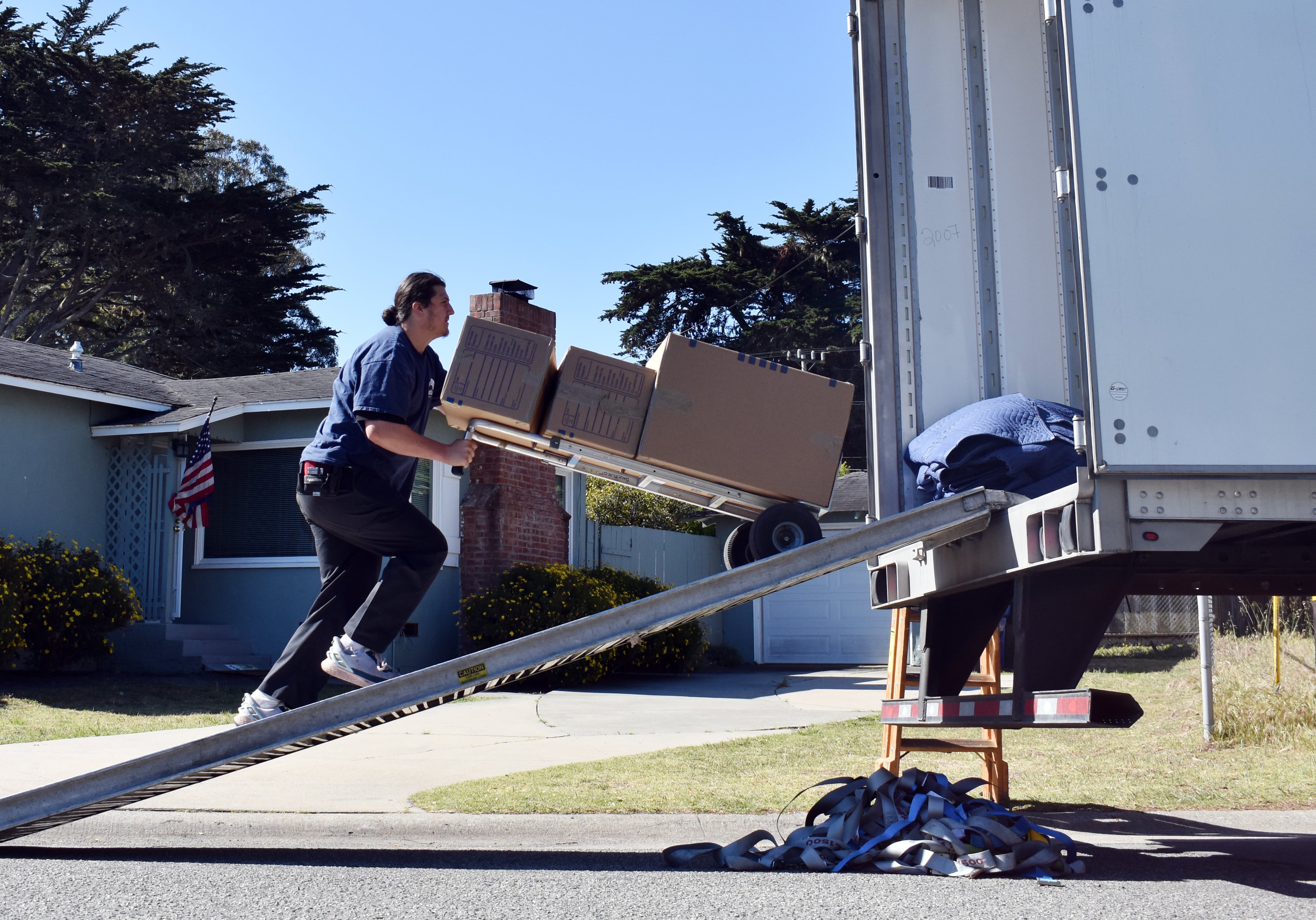WASHINGTON — The U.S. Air Force is in the process of laying out a fighter jet road map that will help decide the makeup of its future tactical aircraft fleet. The plan won’t be finalized until later this year, but Dave Deptula, a retired Air Force lieutenant general and current dean of the Mitchell Institute for Aerospace Studies, shared with Defense News his thoughts about where the service should go.
One of the big questions regarding the fighter road map is the fate of fourth-generation fighters. What should the Air Force be considering as it makes those decisions?
For far too long, the budgets that have been issued to the Air Force have been what has driven its force size, not strategy. So the national security strategy is what needs to drive our military’s force structure, to include the Air Force. If you look to the new national security strategy … one begins to see a picture where what one needs to be able to do is to fight and win major regional contingencies at the high end of the conflict spectrum, as well as to still be engaged in kind of the proverbial conflicts that have been continuing but that occur inside a permissive airspace.
So the question then becomes: How do fourth-generation aircraft fit into this national security strategy?
And the short answer is: They don’t. Not very well. They can be forced into it, but they’re not survivable in the high-end fight, and they’re too expensive to operate in a low-end fight. So while the reality is we have these fourth-generation aircraft and we’re going to have them for a little while more, we really shouldn’t be putting a lot of money into them to extend their life because all that’s doing is taking away from the resources necessary to invest in what will allow us to win in a high-end fight.
It sounds like you’re advocating buying F-35s, investing in a next-generation fighter and buying a light-attack aircraft.
Absolutely. That’s the strategy the Air Force ought to pursue, and shed the fourth-gen fleet as fast as they possibly can to free up resources to procure both the number that are required to meet the national security strategy side as well as bring on aircraft that are sufficient for dealing with conflicts that operate in permissive airspace.
The current Air Force leadership wants to wait on a planned ramp up of the F-35 buy rate. Is waiting a good idea?
I think it’s a mistake. Given the cyclic nature of budget cycles, it should have ramped up to buy as many F-35s at the highest possible rate that the production line could sustain as fast as it possibly can. I’m very familiar with all the arguments for why they elected not to do that. Once again, they’re budget-driven arguments and not strategy-driven arguments. We need to be pushing out F-35s at 110 to 120 a year because at the current rate, we’re not going to recapitalize our fighter force until the mid 2040s, and it needed to have been recapitalized by now.
We have kicked the can down the road over the last two and a half, almost three decades now. And we’re at an inflection point where adversary rate of advancement is such that we need the capabilities to execute our national security strategy, and a buy rate of 48 or 50 or even 60 airplane a year ain’t gonna cut it.
Let’s do a fun question. A couple weeks ago, there were reports that Lockheed Martin had proposed to build a fighter jet for Japan that would combine both F-35 and F-22 capabilities and technology. How seriously should we take those kinds of reports, and is this something that the U.S. Air Force might want?
The answer to your question is one that harkens back to: What would this do in terms of enhancing U.S. national security, strategy as well as coalition strategies in the Pacific? At a strategic level, there’s enormous value in doing just what this proposal Japan would like to see accomplished.
Using an F-22 plane form with F-35 sensors and guts would provide the Japanese with an enormously capable aircraft that would assist the coalition writ large in the Pacific, complicate the strategic calculus of the Chinese, and strengthen the relationship between the United States and the Japanese. So it is an outstanding idea and one I’ve been advocating for over a decade now.
The Air Force has been really quiet about Penetrating Counter Air or a future fighter jet recently, but what types of capabilities do you think might come to the forefront as the Air Force looks at the threats out there and the types of tech that is maturing right now? Also, how should the service balance maintaining secrecy versus talking to the Hill enough to get buy-in?
PCA and the kind of capabilities that we do want to get to in the future is this whole notion about ubiquitous and seamless sharing of information and using all our airborne and spaceborne aircraft, as sensor-shooter effectors. And the way you make that happen is allow all of them to act as nodes in a larger ISR-strike-maneuver complex. And ultimately you link up with ground-based, surface-based, naval-based systems to create this whole notion of a combat cloud. That’s where PCA needs to go.
You don’t have to reveal the technical details of what gives one a combat edge in discussing the concepts and where we need to be going. That’s part of the frustration that many of us have had with the gag orders that have come out of the Pentagon on not talking about readiness or not giving inside perspectives to an enemy. Look, I get it. You don’t want to talk about specifics, but one still has to have discussions with the American public, ergo the Congress, to get folks to understand the importance of — here’s a basic one for you — why you’ve got to recapitalize our geriatric Air Force.
Valerie Insinna is Defense News' air warfare reporter. She previously worked the Navy/congressional beats for Defense Daily, which followed almost three years as a staff writer for National Defense Magazine. Prior to that, she worked as an editorial assistant for the Tokyo Shimbun’s Washington bureau.




